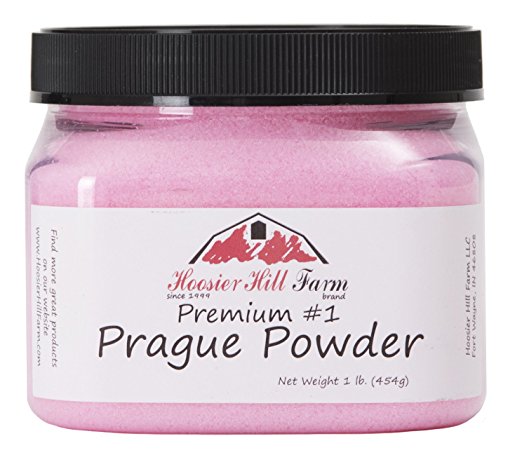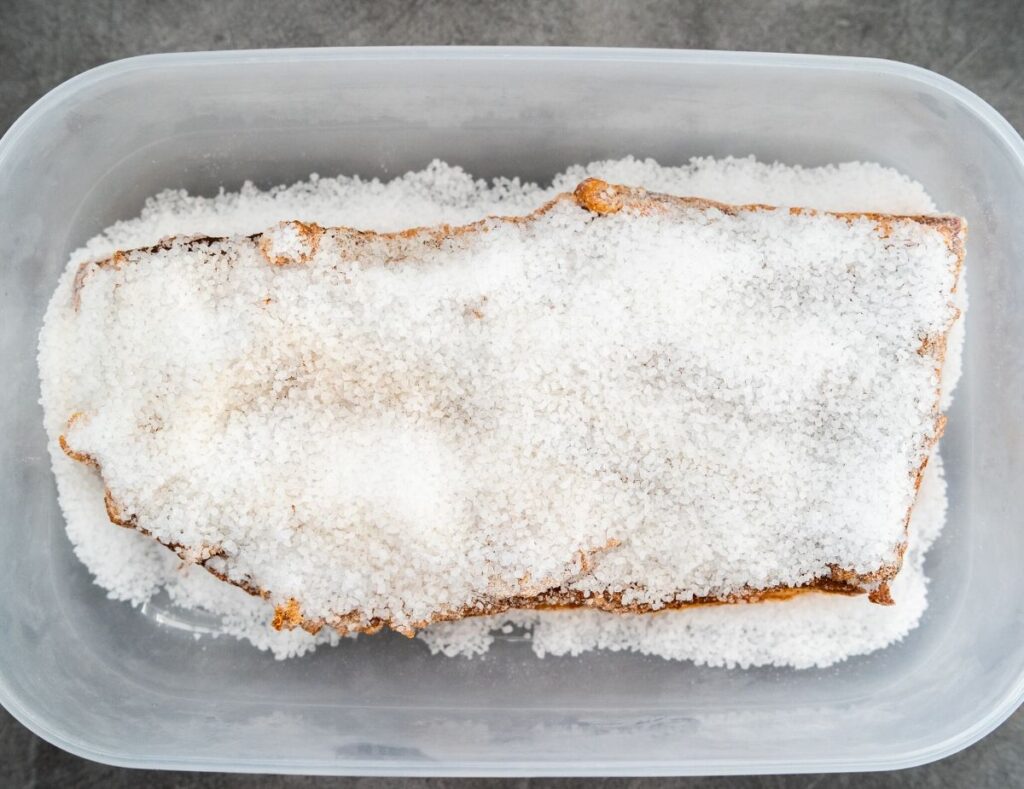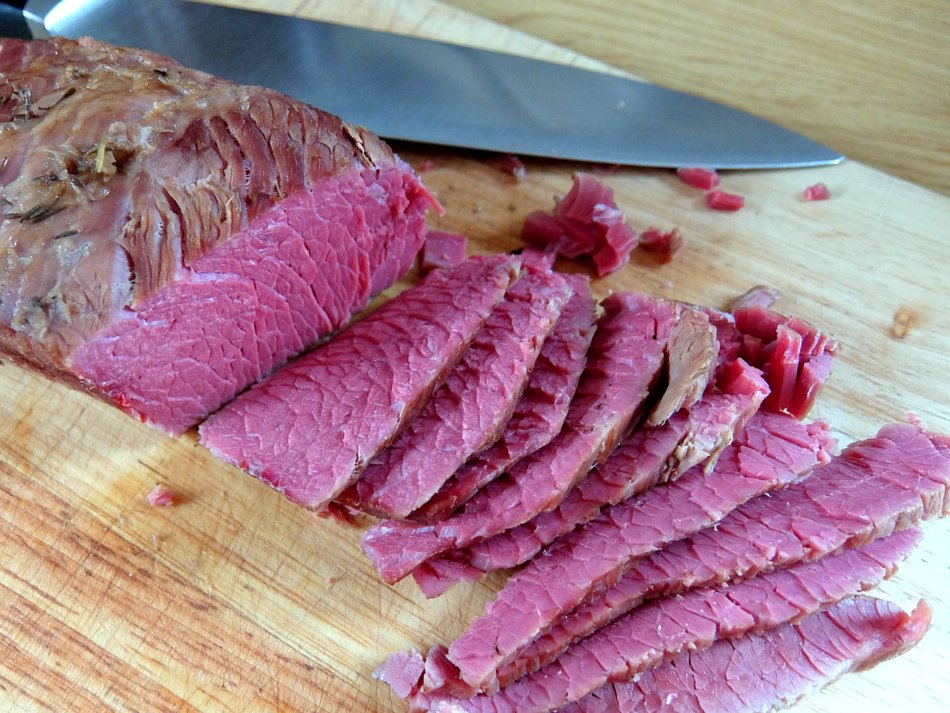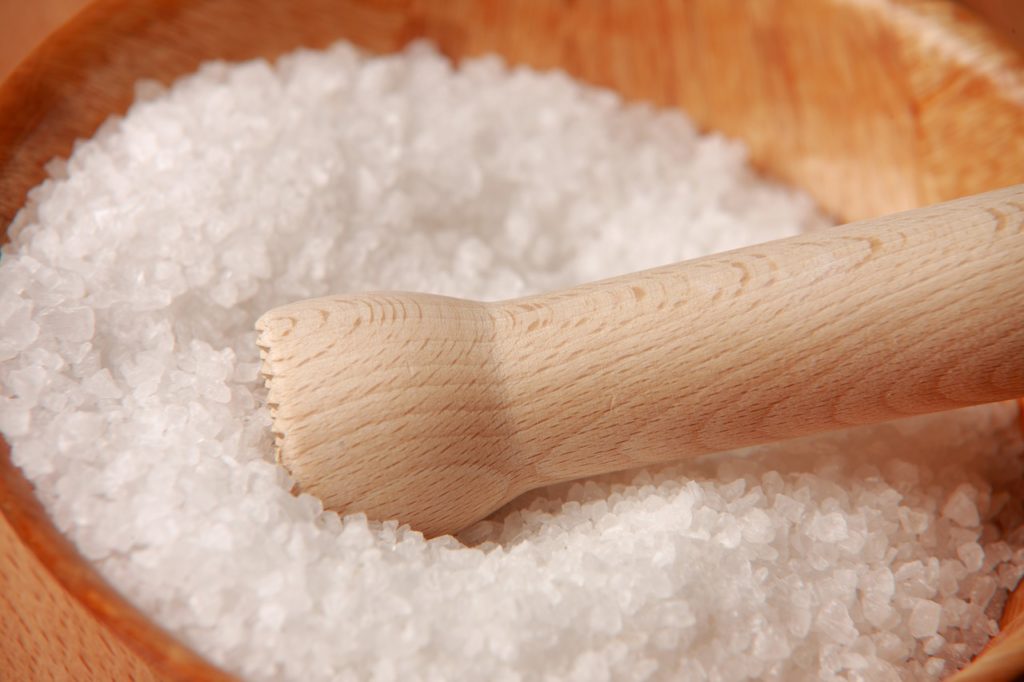There is a lot of confusion around curing salts. The fact that there are so many names and brands that use their own names for what is essentially the same product doesn’t help matters.
To try and demystify the subject we are going to look at what exactly curing salts are and the names that are used to describe them.
If you want to know more about how to use and the amount to use of curing salts then read this article.
Table of Contents
What Are Curing Salts?
Curing salts are typically a blend of normal table salt with a very small amount of sodium nitrate, sodium nitrite or both of these.
Their purpose is in the process of curing meat. Cured meats are things like bacon, salami, ham, sausage, pastrami and corned beef.
Sodium nitrate and nitrite used in conjunction with normal salt are really effective at preventing spoilage by bacteria and fungus compared to just using salt on its own.

Types Of Curing Salt
Depending on the type of cure being done you have two options for the type of curing salt.
These types are most commonly designated as:
- #1
Or
- #2
Curing Salt #1
#1 curing salt contains 93.75% normal salt and 6.25% sodium nitrite.
This cure is used for products like bacon, hams and sausage that are cured quickly in just days or a week or so. These cured meats need to be cooked before being eaten.
Curing Salt #2
#2 curing salt contains 89.75% normal salt, 6.25% sodium nitrite and 4% sodium nitrate.
This cure is used on meats that are cured over a long period of multiple months or longer. These meats like salami and air-dried hams take longer to cure and can often be eaten raw as well as cooked.
Buying Curing Salts
When you buy curing salts you need to be careful to make sure you are getting the right stuff. In most cases the sodium nitrite or nitrate will come ready-mixed with regular salt in the ratios listed above.
Rarely you will find sodium nitrites that aren’t mixed with salt. To make a cure you need to mix nitrites with normal salt in the ratio detailed above.
Always make sure you follow the directions that came with the curing salts very closely.
Other Names For Curing Salts
We know that curing salts come as either #1 or #2 which is pretty widely used regardless of name or brand but curing salts themselves go by a lot of names depending on the recipe.
For the most part, for all these different names used the product itself will be the same. You just need to make sure you have the correct type, either cure #1 or cure #2.
Prague Powder
One of the most common names for curing salts is Prague powder. These are sold as Prague power #1 and #2.
The name Prague powder is used because the process of adding nitrites to salt cures was developed in Prague.
Prague powder is a mix of normal salt along with sodium nitrite in the ratios listed above. The addition of pink dye is used to differentiate Prague powder from regular salt so they are not confused.
Instacure
Instacure is another name for curing salt and comes as either #1 or #2. In the majority of cases, it is sodium nitrite mixed with salt or sodium nitrite and nitrate mixed with salt in the ratios detailed above.
Many retailers will either use Prague powder or Instacure for their naming of what is essential salt mixed with nitrites and nitrates.
Pink Salt
I have seen some places call curing salt simply “Pink Salt” or “Pink Curing Salt”. This is because most curing salts are dyed pink.
In most cases places that sell curing salt as “Pink Salt” will denote the types with a #1 or #2.
Himalayan Pink Salt Is Not A Curing Salt
Calling curing salt, “pink salt” causes the confusion with Himilayan pink salt which is not suitable for curing.
Saltpetre
The name saltpetre or saltpeter is found a lot in older recipes. In most instances where it is sold today, it is 100% potassium nitrate. Potassium replaces the sodium in this instance.
If it is 100% potassium nitrate it needs to be added to salt to make a cure suitable strength, you cannot use it on its own as it is far too strong. If you buy this kind of curing salt make sure you follow the directions properly
I would not recommend sourcing a product like this and suggest you find a ready mixed cure labelled as Prague powder, instacure or curing salt.
Morton Tender Quick

Morton Tender Quick is a trademark name for curing salt which is a mixture of salt, sugar sodium nitrite and sodium nitrate.
Tender quick only has 0.5% sodium nitrite and sodium nitrate so is not as strong as other curing salts. The company suggests using tender quick only on small cuts of meat like chops and not for curing a whole bacon joint.
Always Read The Directions With Your Curing Salt
Curing salts need to be treated with caution. At high levels curing salts are toxic so you need t to follow the guidelines that the manufacturer supply with the salts and follow a recipe from a trusted source.




| curing salts are toxic so you need t to follow the guidelines… |
>
should read:
“curing salts are toxic so you need to follow the guidelines… “
I found a jar in my grandpa’s basement after he passed labeled “10# salt 4.5 lbs : [rubbed off letter]URE Dry Cure Salt” Do you have any insight as to what this is and the amount to use? I know he used it to make cured pork loins, I just can’t find anything about #10 salt online. Thanks
I have no idea what this indicates. I would be wary of using it in any curing process, especially considering you don’t know what is in it. Sorry I can’t help any more.